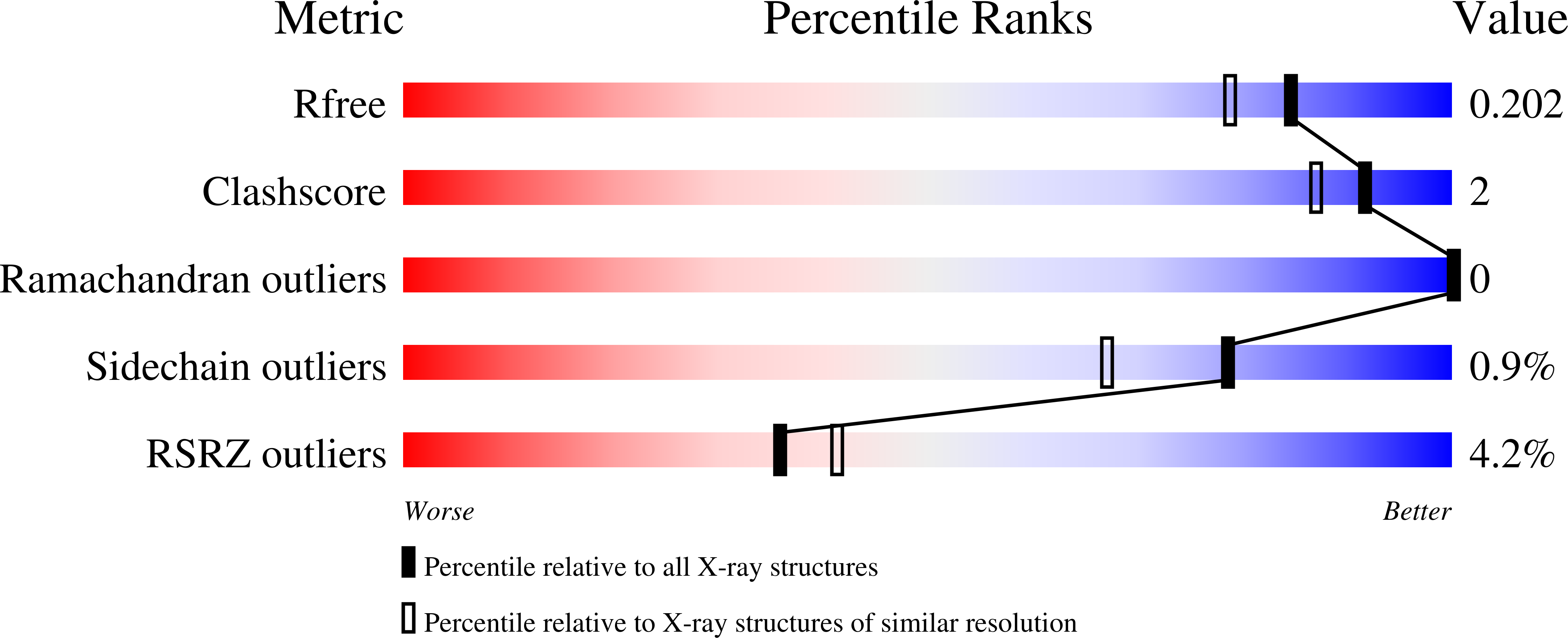
Deposition Date
2024-01-12
Release Date
2024-05-01
Last Version Date
2024-05-01
Method Details:
Experimental Method:
Resolution:
1.74 Å
R-Value Free:
0.20
R-Value Work:
0.17
R-Value Observed:
0.17
Space Group:
I 1 2 1


